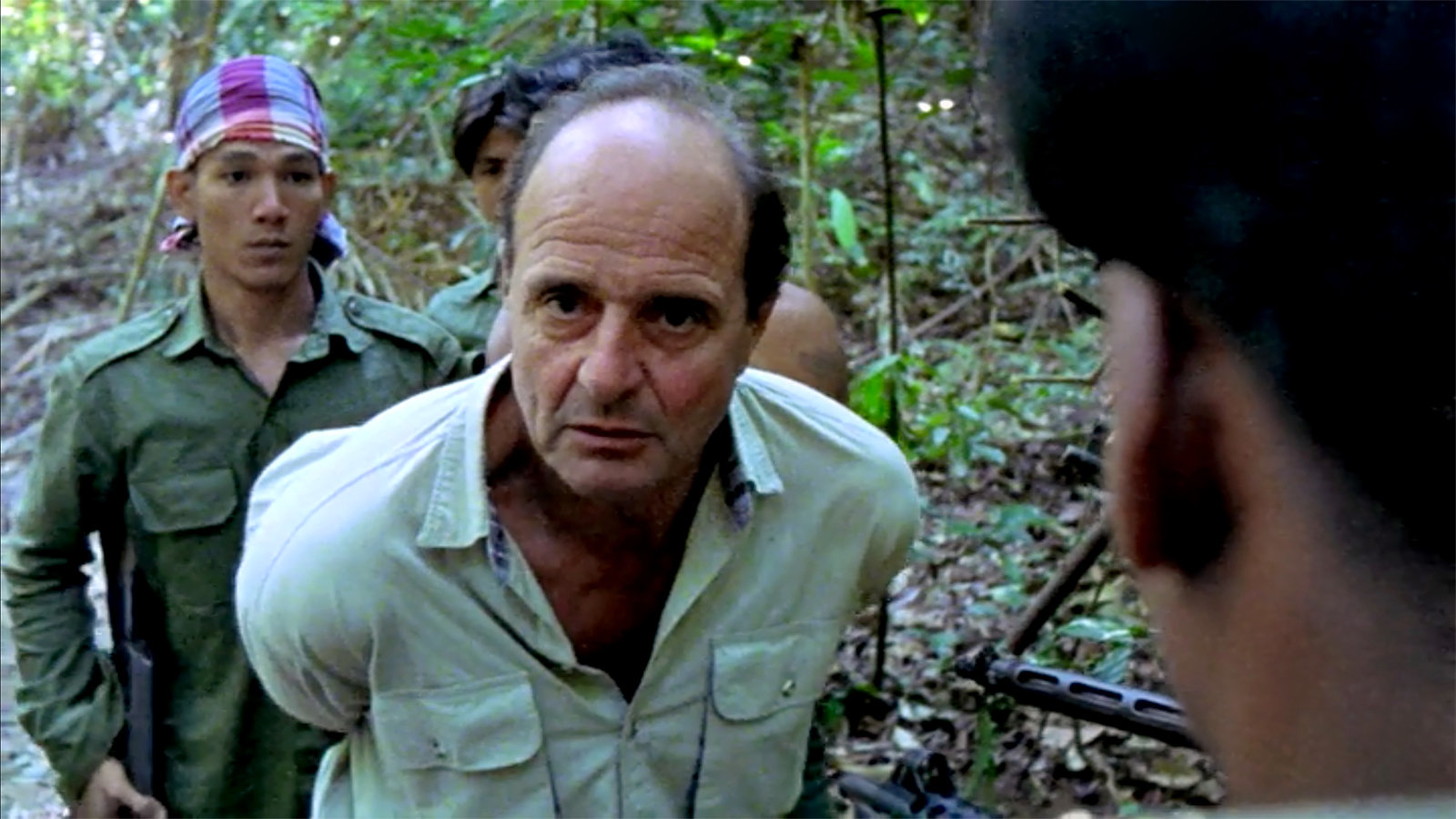
Apart from the first fifty years of cinema (for the sake of argument, the first fifty are 1890-1940), most succeeding decades of cinema have had marginal advancements in the overall technology of the art form. Of course when regarding the ideological, artistic and theoretical aspects of film, then there was—and still is—innovation every year.
The 1990s saw a rapid expansion of digital technology integration, such as CGI and digital video; the latter being more difficult and less reliable in its earliest stages than standard film stock.
Though computer generated imagery and digital video effects have been around since the late 1970s, the 90s introduced (or improved upon) specific, fundamental ways we use the technology. “Terminator 2: Judgement Day,” “Toy Story,” and “Jurassic Park” are usually the big three when it comes to advancements with the tool, plus, they became essential staples of the decade, as well.
However, the focus of this list is not about the technological innovations, but more on the formal aspects. As the decade saw a rising popularity and increased commercialization of independent and arthouse filmmakers from all over the world like Abbas Kiarostami, Jafar Panahi, Jia ZhangKe, Mike Leigh, Steven Soderbergh, Quentin Tarantino, Robert Rodriguez, Abel Ferrara, etc., low budget indie films became more accessible.
Although some of the most interesting and important films to emerge from what could be considered the transition decade from celluloid to digital are practically overlooked by a majority of film-goers.
Here are 15 Obscure Essentials of the 1990s.
1. Peppermint Candy (dir. Lee Chang-dong)
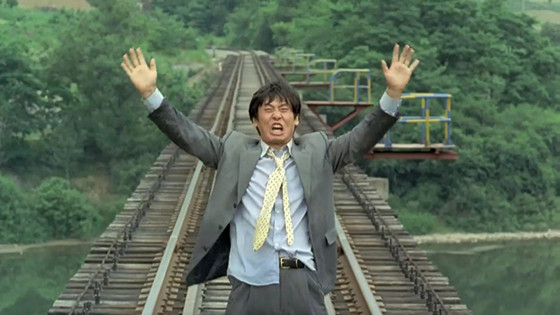
Steeped in Korean culture’s views of masculinity, Chang-dong’s sophomore feature is about a man’s loss of innocence. The film’s protagonist, Yong-ho, suffers with remorse and attempts suicide during a school reunion by jumping in front of an oncoming train. What follows next are a series of flashbacks explaining how Yong-ho reached rock bottom.
Why it is essential: One of the films that ushered in the Korean New Wave, a movement exemplifying high production values, modern Korean culture and complex characters. “Peppermint Candy” ruminates on the history of Korea by using Yong-ho’s life as a metaphor for events in the country’s history.
As the country’s military-industrial complex gained more power, Yong-ho’s innocence is lost when having to perform mandatory military service, and with each subsequent era Yong-ho becomes more despondent.
2. The Mirror (dir. Jafar Panahi)
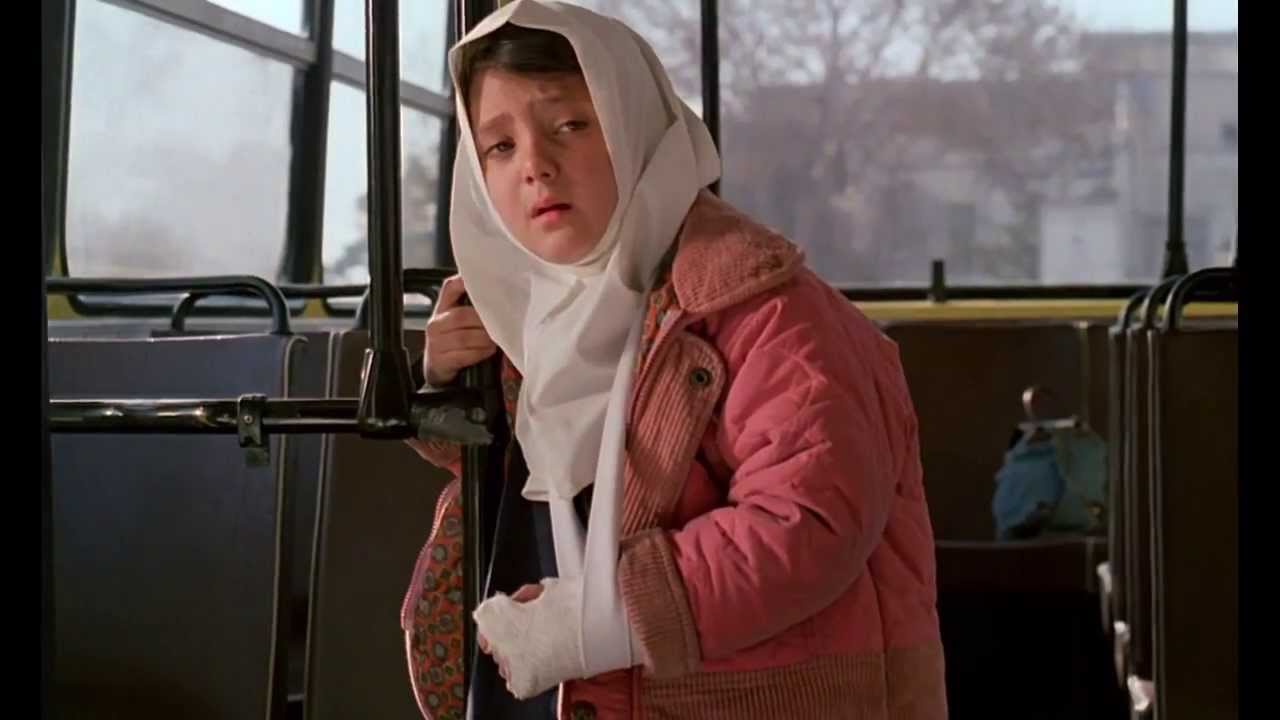
Prior to “The Circle,” Panahi’s first two films were fairly innocent stories about children living in a world that seems as if fate is dictated by adults too busy to care about the trivialities of childhood. “The Mirror” is one of those films. A little girl, Mina, waiting for her mother to pick her up from school is late and she realizes that she has to find her way home on her own.
Why it is essential: As Kiarostami’s protégé, it is not surprising to see Panahi emulate Abbas’ films about childhood. But what makes “The Mirror” different from other Iranian films about children is that it blends fiction with reality in one of the most creative and simplistic ways to ever grace cinema.
Like “The Holy Mountain” before it, the film breaks the fourth wall to question what is and what is not real. However, instead of doing it at the end, Panahi, or Mina to be exact, breaks the suspension of disbelief in the second act of the film.
3. Clean, Shaven (dir. Lodge Kerrigan)
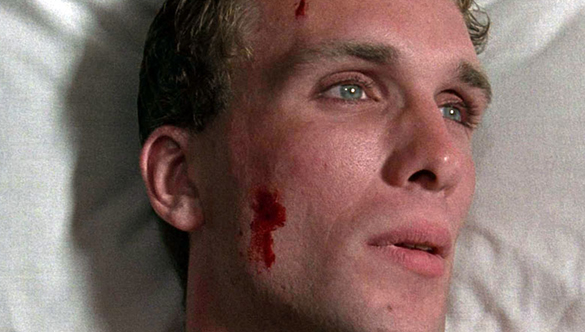
Kerrigan’s mission with “Clean, Shaven” was to show the subjective effects of schizophrenia from a person suffering with the condition. That person is Peter Winter, he was recently released from a mental institution and is in search of his daughter, but Peter’s schizophrenia is disorienting and dangerous making the task harder than it should be.
Why it is essential: Thinking there is a transmitter inside his skin he attempts to remove the somatic device. Mirrors disturb him so he tries covering them up and he isolates himself in his car, covering the windows with newspaper. These actions represent schizophrenia as a debilitating and alienating issue. For Peter his mental health is such a struggle that he inadvertently creates a veil between himself and the outside world even though he tries to reconnect and function as a normal person.
4. Ossos (dir. Pedro Costa)
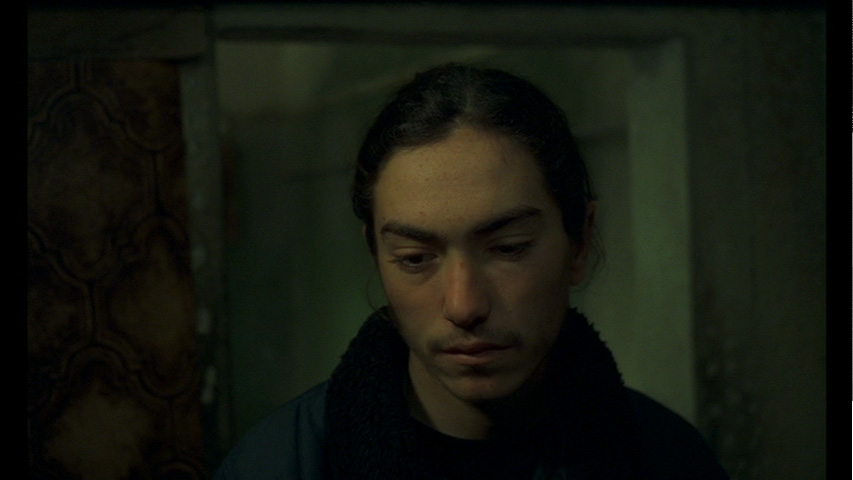
The first film in Costa’s trilogy focusing on the immigrants and disadvantaged peoples of the Fontainhas district in Lisbon, Portugal. “Ossos” follows a couple who become unwanted parents of a baby. The pair, of course, can barely afford to care for the child and they become negligent.
Why it is essential: About eight years later the Dardenne brothers released “The Child” following similar beats as “Ossos.” Now, what separates these two similar films is that “Ossos” is way more nihilistic and morose. The mother is suicidal, neglecting her baby in the process but the father takes the baby away, but he is just as bad because he takes the baby to some of the most virile places in Lisbon.
5. Blue (dir. Derek Jarman)

Jarman was prominent figure in the LGBTQ film community during the 70s and 80s, making scores of short films and about a dozen feature-length films. Jarman was also outspoken about gay rights, but unfortunately he was diagnosed with HIV in the late 80s.
As he continued to complete film projects, his health was failing at a rapid rate losing his eyesight and dying of AIDs related complications. In response to this he created his final film, “Blue,” with a static, deep blue screen for the whole runtime, featuring a voiceover speaking about his life and other ruminations.
Why it is essential: Jarman’s avant-garde approach was his attempt at showing people the level of mortality and pain he was going through. It is a film that demonstrates how a visual artist deals with the world literally and figuratively closing in on him.
6. Eternity and a Day (dir. Theo Angelopoulos)
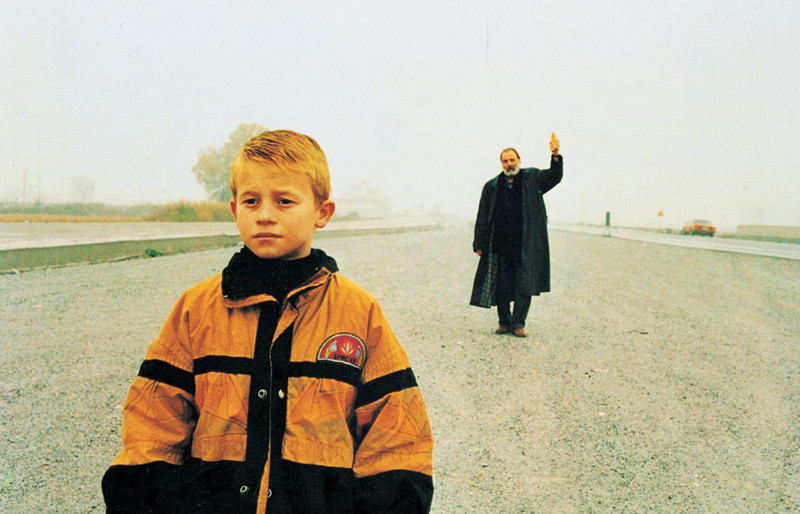
A poet named Alexander (Bruno Ganz) is diagnosed with a terminal illness, before he has to go to the hospital for a check up the next day, he spends the rest of his time reminiscing, looking for a new home for his dog, and trying to help a homeless child escape Greece.
Why it is essential: Angelopoulos continues with his ruminations on mortality and existence. The film’s title is a play on a mathematical theory, infinity plus one, and it may mean in regards to Alexander’s life his final moments on Earth. A real chance at making difference came in the form of a homeless child, in essence a redemptive task.
7. La Promesse (dir. Jean-Pierre Dardenne & Luc Dardenne)
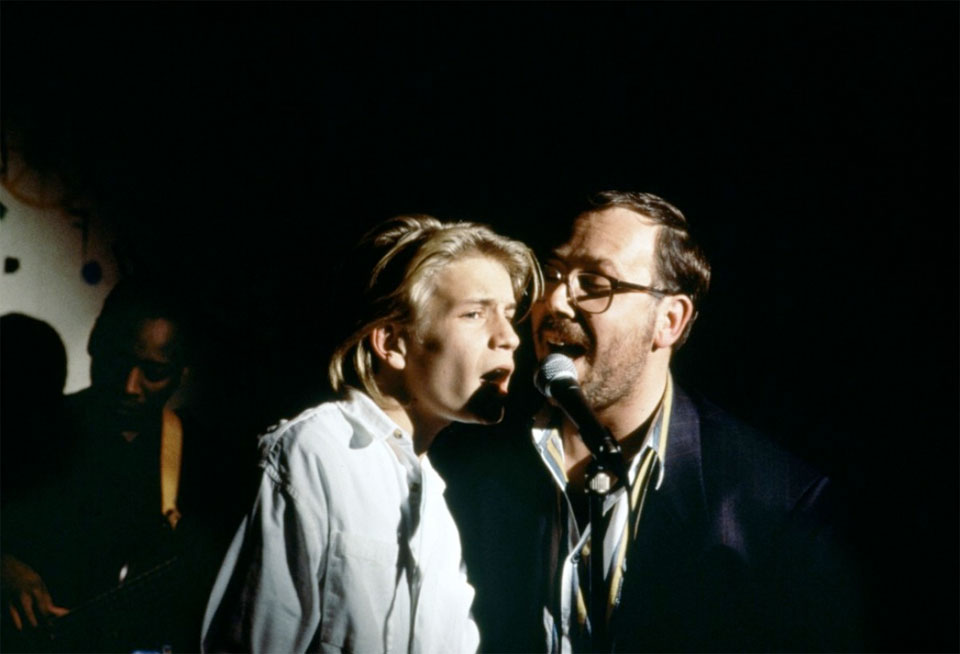
The Dardenne brothers have been making movies since the 1970s, but it was not until this quiet drama did they show the world their political ideals and minimal, slow style. In it, a teenager named Igor is an aspiring car mechanic who helps his father traffic and exploit illegal immigrants. But when one of the immigrants dies in a freak accident, Igor’s father tries to cover it up.
Why it is essential: Possibly the Dardenne Brothers’ most humanist film, in that we see Igor attempt to do the right thing even though he knows he will be punished severely by his abusive father. The dichotomy between Igor and his father is that because of Igor’s age his morale barometer is more sensitive, while his father is in a position of survival at all costs, regardless of who lives or dies.